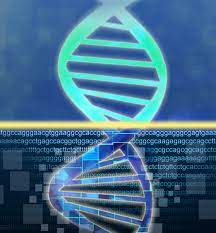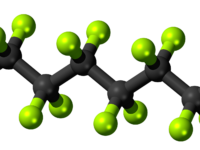The ability to use language to establish relationships and dynamics within an ecosystem sustains the study of ecology. Charles Darwin’s “survival of the fittest” narrative describes the tendencies of natural selection and the likelihood of survival based on an organism’s environmental adjustment. Other terms used by ecologists to classify the relationships between species — mutualism, competition, and commensalism, for example — intertwine with the language of the age of Darwin to produce a modern conversation about the biosphere. Biology on such a large scale feels tangible to scientists and the public audience alike. Nearly anyone who cares to look can witness how an organism better suited for its environment becomes more successful in survival and reproduction. Lesser known is the versatility of the language of ecology and its usefulness when working on a microscopic scale.
The term “pangenome” may be unfamiliar to some, but the concept takes such recognizable theories as Darwin’s and applies them to species’s genomes. Prokaryotic genomes are of particular interest as scientists’ understanding of symbiosis between their genes could contribute to more accurate and effective treatment of pathogens. This approach to genomics treats individual genes as organisms fighting for survival rather than a rigid code, which may better explain the overlaps or discrepancies of genes among different strains of the same species. The two academic journals referenced in this article examine the pangenome of E. coli due to the extensive knowledge about its genome and high degree of variability. The pangenome is easily identifiable in E. coli because of a core set of genes common to all prokaryote strains accompanied by varying “accessory” genes. Researchers obtained the genomes of several E. coli strains and compared them to each other, scrapping genes present in less than 1% of the subpopulation. Using the remaining accessory gene alignments, the researchers detected patterns that they then compared to symbiotic relationships at the organismal level. Though not entirely capturing the evolving pangenome’s complexity, the symbiosis analogy highlights that the presence or absence of specific genes represents a dynamic biome that does not promise survival.
As shown in the researchers’ work, there are some cases in which the presence of one gene correlates with the absence of another. There are “mutualist” relationships in most E. coli genomes, in which several genes will cluster together and move between strains or generations as a single unit to ensure their survival. This gene cluster movement in a prokaryote such as E. coli is mostly due to horizontal gene transfer (HGT), a process in which one bacterial strain acquires new genes from another. HGT promotes a more rapid response to changing environments than the passing of genes through generations and thus plays a major role in the evolution of the prokaryotic microbiome.
“These relationships are grounded in the deep understanding of prokaryotic genetic mechanisms and apply a novel perspective that permits scientists to predict the genomes of specific viral or bacterial strains.”
Competition also exists at this genomic level: if two genes have nearly identical functions, for example, one will avoid entering a genome in which the other already resides. These relationships are grounded in the deep understanding of prokaryotic genetic mechanisms and construct a novel perspective that permits scientists to predict the genomes of specific viral or bacterial strains. Treating the prokaryotic pangenome not only as a topic in microbiology but also as a dynamic ecosystem may be the future of medical treatment.






